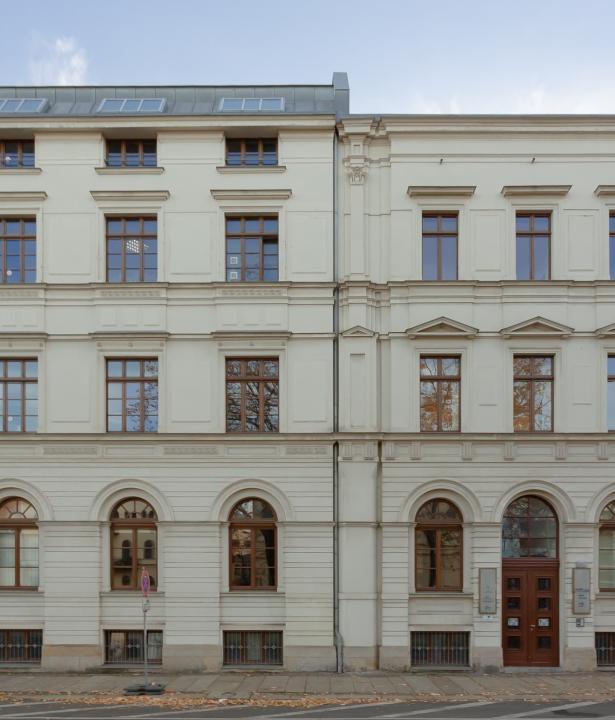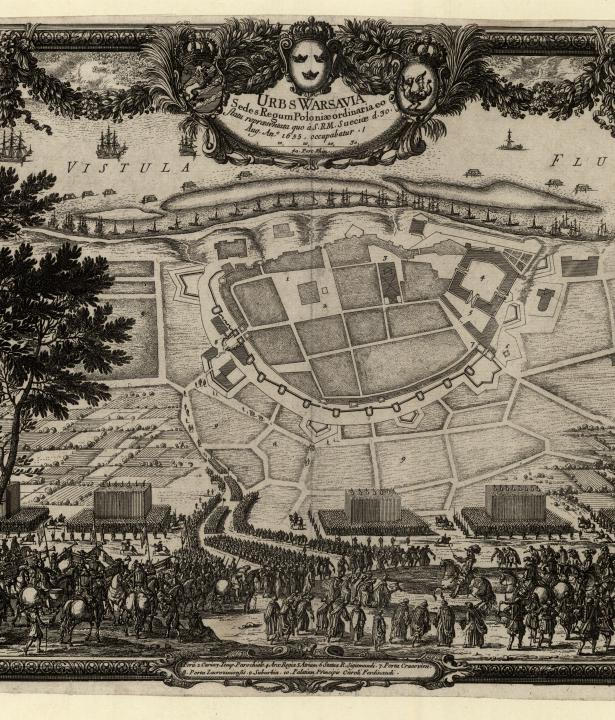Vilnius is the capital and most populous city of Lithuania. It is located in the southeastern part of the country at the mouth of the eponymous Vilnia (also Vilnelė) into the Neris. Probably settled as early as the Stone Age, the first written record dates back to 1323; Vilnius received Magdeburg city rights in 1387. From 1569 to 1795 Vilnius was the capital of the Lithuanian Grand Duchy in the Polish-Lithuanian noble republic. It lost this function in the Russian Tsarist Empire with the third partition of Poland-Lithuania. It was not until the establishment of the First Lithuanian Republic in 1918 that Vilnius briefly became the capital again. Between 1922 and 1940 Vilnius belonged to the Republic of Poland, so Kaunas became the capital of Lithuania. After the Second World War, Vilnius was the capital of the Lithuanian Soviet Socialist Republic until Lithuania regained its independence in 1990.
Already in the Middle Ages Vilnius was considered a center of tolerance. Jews in particular found refuge from persecution in Vilnius, so that Vilnius soon made a name for itself as the "Jerusalem of the North". Not least with the Goan of Vilnius, Elijah Ben Salomon Salman (1720-1797), Vilnius was one of the most important centers of Jewish education and culture. By the turn of the century, the largest population group was Jewish, while according to the first census in the Russian Tsarist Empire in 1897, only 2% belonged to the Lithuanian population group. From the 16th century onwards, numerous Baroque churches were built, which also earned the city the nickname "Rome of the East" and which still characterize the cityscape today, while the city's numerous synagogues were destroyed during the Second World War. Between 1941 and 1944 the city was under the so-called Reichskommissariat Ostland. During this period almost the entire Jewish population was murdered, only a few managed to escape.
Even today, the city bears witness to a "fantastic fusion of languages, religions and national traditions" (Tomas Venclova) and maintains its multicultural past and present.











